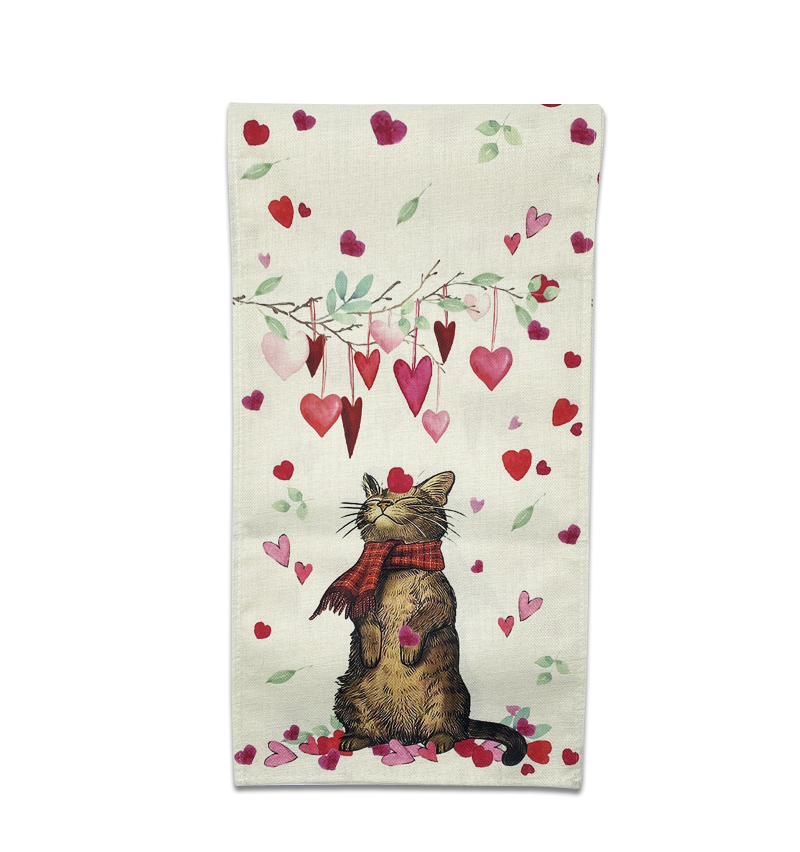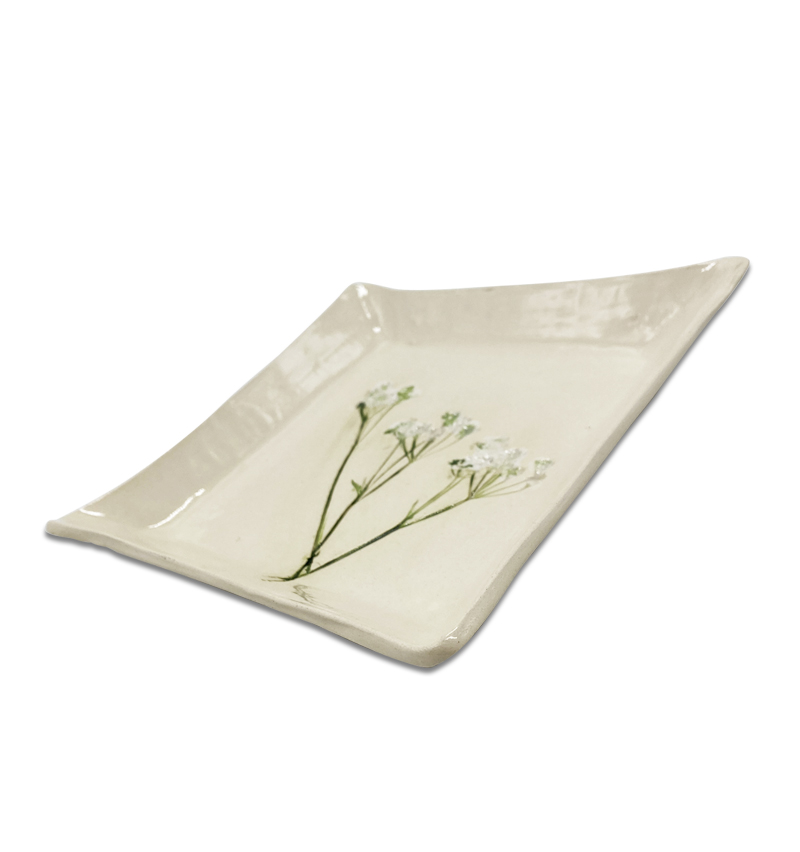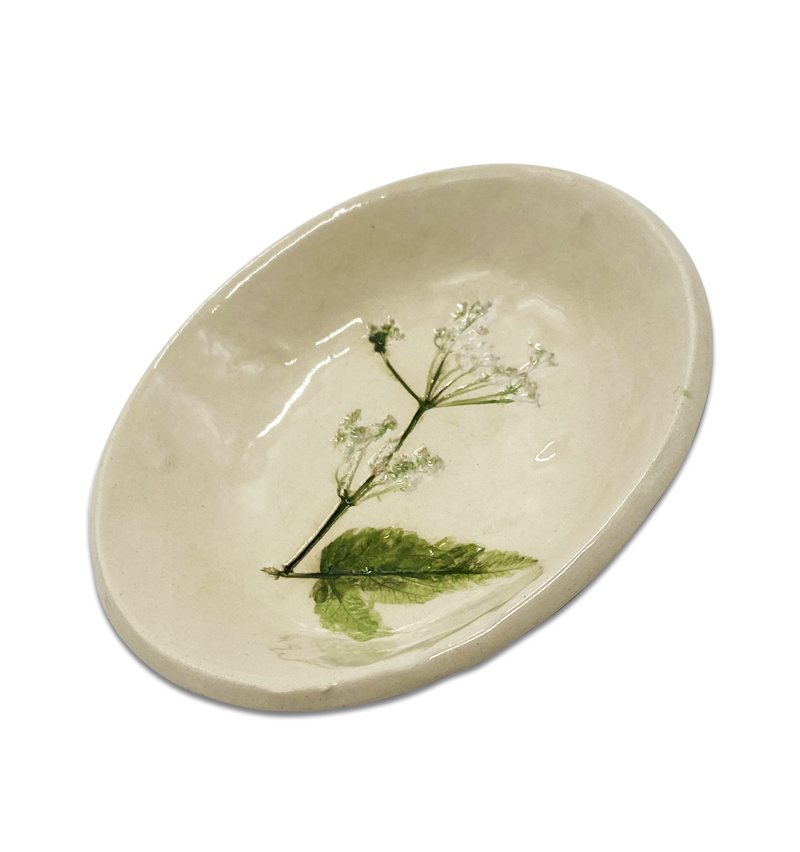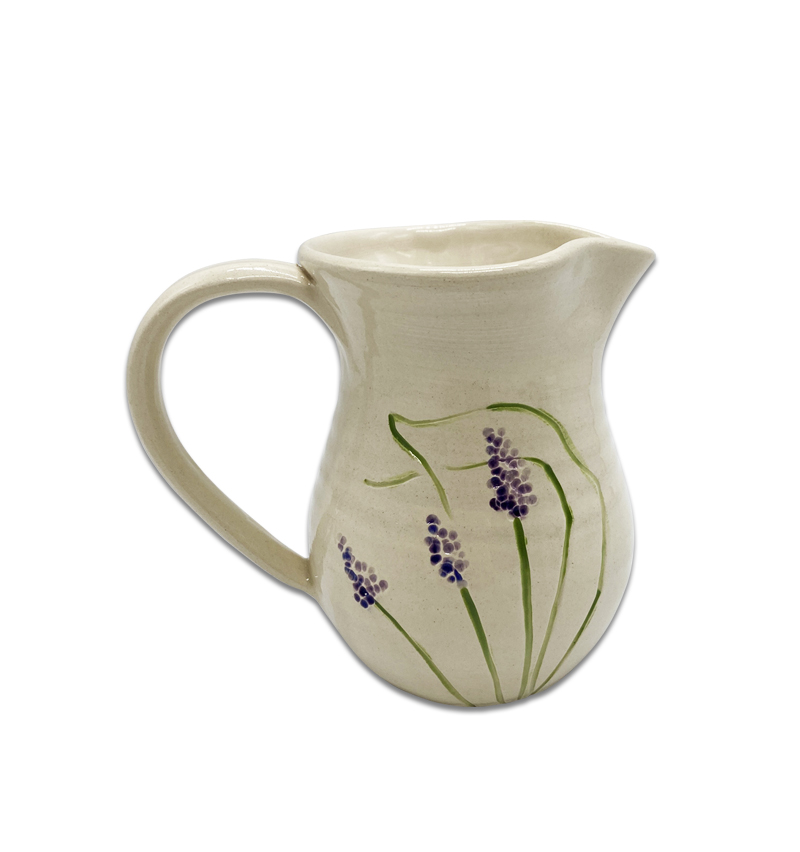Description
Seashells come in two major varieties. (1) The Gastropod,which has a single shell and includes such species as conchs and whelks. (2) Bivalves, such as clams, cockles and scallops, have one shell with two hinged parts called ‘valves’. The empty seashells you find layered on the beaches were once home to soft-tissued animals called mollusks. Mollusks grow their shells at the aperture (gastropods) or at the margins (bivalves) As the animals grow, their shells grow with them. Special glands create color pigments just before new layers of shell harden
















